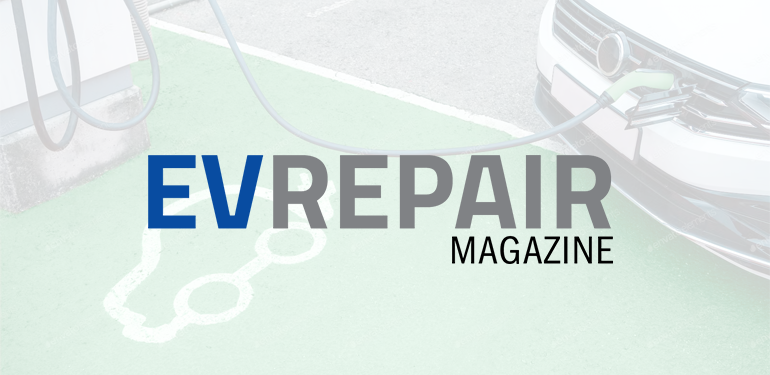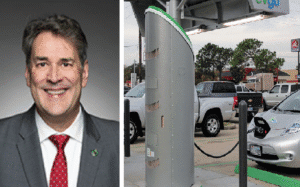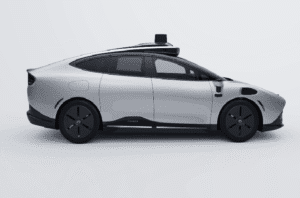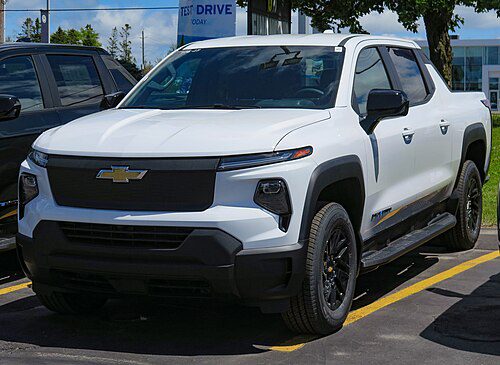Toronto, Ontario — In today’s EV/AV report, gaming AIs that spell progress for AV development, silencers for electric vehicles and wireless charging coming to vehicles near you.
Digital Drivers
An artificial intelligence (AI) has just beaten the world’s best players in the video game Gran Turismo Sport – doom for gamers, and a boon in AV developers.
After nine days of training, GT Sophy had clocked in over 45,000 hours of driving across up to 20 PlayStation 4 consoles. At that point, the AI comfortably faced the top five percent in online leaderboards.
After minor tweaking to mitigate GT Sophy’s desire to not crash, GT Sophy was competing with the game’s best. In a match where four copies of GT Sophy faced off against the four best Gran Turismo players in the world, Sophy won at 104 points to the humans’ 52 points.
While AIs have been reached a point where they have eclipsed humanity’s best in games like Chess and Starcraft, this hasn’t translated to the real world quite yet. However, Stanford University professor Christian Gerdes says things may be different this time, and believes GT Sophy’s emphasis on neural networking, rather than physics-based calculations may be key to improve self-driving AIs in the real world.
Silencing Shaking
Vibracoustic is developing decoupling systems to reduce electric vehicles’ noise, vibration and harshness issues – which can be more unpleasant for passengers than gas motors.
According to Vibracoustic, gasoline engines typically mask noises from the quieter components on the vehicle. However, the quieter systems of electric vehicles may emphasize these noises that would otherwise be hidden to most passengers.
The engine noises themselves differ as well. Electric vehicles create vibrations above 10,000Hz, creating a more screechy pitch than gasoline motors – these vibrate between 20 to 400Hz.
Vibracoustic’s accessories are still in development, but point towards the growing importance of decoupled systems in consumer vehicles.
Weeee! EV wireless chargers (for some)
WiTricity is testing wireless charging systems compatible with multiple EV types, letting you charge your EVs while your vehicle sits in a garage.
This system has two main components: a ground pad drawing power from the grid and a power pad installed on the vehicle. When placed together, this allows the power pad to draw power from the ground pad through high-frequency magnetic fields. According to the company newsroom, this system rivals the speed of plug-in charging.
This project builds off the company’s previous work, providing wireless charging technology for BMW 530e Sedan models in Germany, the United States and Japan.
The WiTricity Halo™ Charging solution is expected to enter a limited beta in 2022, starting with the Tesla Model 3. More vehicles are ‘in the pipeline,’ but only the Ford Mustang Mach-E has been named as one of the vehicles being worked on.




















